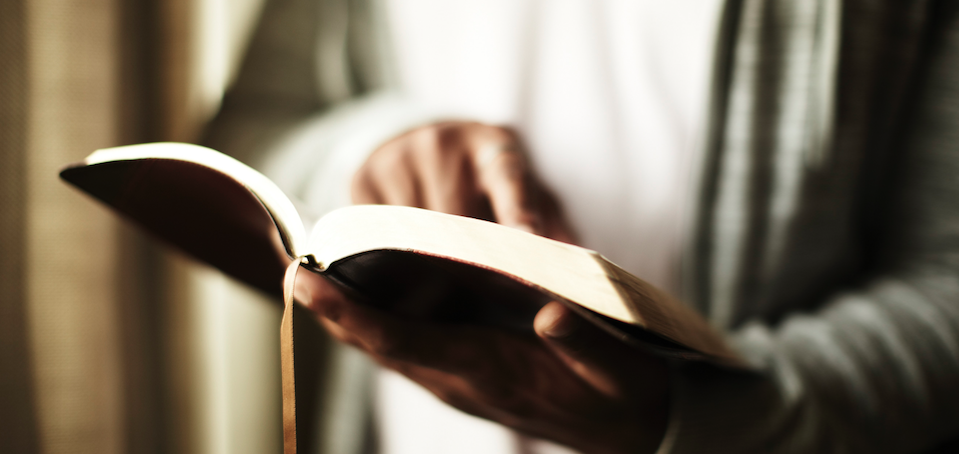By David Faust
 Palm trees bring to mind vacation spots and warm ocean breezes. Prized by the ancients for their flowers and fruit, like dates and coconuts, palm trees also provided strong elastic fibers that craftsmen wove into ropes.
Palm trees bring to mind vacation spots and warm ocean breezes. Prized by the ancients for their flowers and fruit, like dates and coconuts, palm trees also provided strong elastic fibers that craftsmen wove into ropes.
Palms received their name (from the Latin palma) because their leaves fan out like fingers extending from the palm of a hand. Palm trees exist in about 3,000 different varieties, though some of what we call palm trees are actually shrubs or vines. Palm branches (known as fronds) take two major forms: pinnates (“feather palms”) with two rows of leaflets on each side of the stem and palmates (“fan palms”) with a single set of leaflets radiating from the stem. A palm tree known as the coco de mer has the largest seeds of any plant on earth, as large as 20 inches in diameter and weighing as much as 66 pounds.
Victory and Joy
In the Bible, palm trees symbolized victory and joy. They were considered so beautiful that the Hebrew word for palm (tamar) was used as a feminine proper name in the Old Testament. Sadly, two different women named Tamar were the objects of sexual misconduct (Genesis 38; 2 Samuel 13).
During their wilderness journey the Israelites camped in a well-watered spot surrounded by 70 palm trees (Exodus 15:27). Jericho was known as the City of Palms (Deuteronomy 34:3). The Jews made huts out of palm branches during the Feast of Tabernacles (Leviticus 23:40-43). Deborah the judge held court under a palm tree (Judges 4:5). Psalm 92:12 says, “The righteous will flourish like a palm tree,” and John’s vision of heavenly worship includes a multitude wearing white robes and holding palm branches in their hands (Revelation 7:9). It seemed fitting for the crowds to wave palm branches when they welcomed Jesus into Jerusalem and praised him in an impromptu victory parade.
Clean Hands, Pure Heart
As we approach Palm Sunday, let’s also look at another set of palms: the ones on our own two hands. God designed our hands with tiny ridges on the skin of our palms and fingers that serve as friction pads to help us grasp objects. Gifted athletes can even “palm” a basketball.
Our palms also serve as figures of speech. If you “have others in the palm of your hand,” they will do whatever you want. We say things like, “She’s got her boyfriend eating out of the palm of her hand,” and “The musician’s performance was so gripping that he had the audience in the palm of his hand.” God reassured his people, “See, I have engraved you on the palms of my hands” (Isaiah 49:16).
What do your hands say about you? According to Psalm 24:4, those who stand in God’s holy place must have “clean hands and a pure heart”—Peter betrayed Jesus; were his hands clean? After ordering Jesus’ crucifixion, Pilate tried to cleanse his guilty conscience by washing his hands. Soldiers nailed Jesus’ hands and feet to the cross, sullying their hands with the very blood that makes clean hands and pure hearts possible. Without the cross of Christ our consciences could never be clear.
Long ago an inspired songwriter cried, “Show us your unfailing love, Lord” (Psalm 85:7). Do you want to see evidence of God’s love and grace? Look at the nail-scarred palms of Jesus.
David Faust serves as the Associate Minister at East 91st Street Christian Church in Indianapolis, Indiana.
Based on International Sunday School Lesson, © 2012, by the Lesson Committee. Scripture quotations are from the New International Version ©2011, unless otherwise indicated.
| Daily Readings | |||
| March 14 | M. | Jeremiah 3:12-18 | Uniting Faith |
| March 15 | T. | Isaiah 2:1-6 | Enlightening Faith |
| March 16 | W. | 1 Peter 4:10-19 | Suffering Faith |
| March 17 | T. | Psalm 85:4-13 | Faith Restored |
| March 18 | F. | Romans 12:14-21 | Faith That Overcomes |
| March 19 | S. | Galatians 5:22-26 | Marks of Faith |
| March 20 | S. | Mark 14:26-31, 66-72 | Failure and Remorse |



Comments: no replies